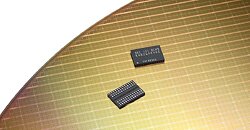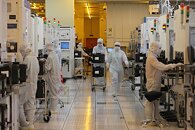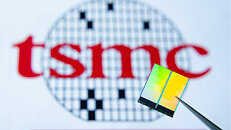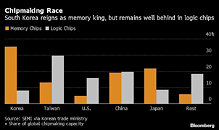MediaTek Shows The World's First Live Demos of Wi-Fi 7 Technology to Customers and Industry Leaders
MediaTek today announced the world's first live demo of Wi-Fi 7 technology, highlighting the capabilities of its forthcoming Wi-Fi 7 Filogic connectivity portfolio. MediaTek is currently showcasing two Wi-Fi 7 demos to key customers and industry collaborators to demonstrate the technology's super-fast speeds and low latency transmission.
"The rollout of Wi-Fi 7 will mark the first time that Wi-Fi can be a true wireline/Ethernet replacement for super high-bandwidth applications," said Alan Hsu, corporate vice president and general manager of the Intelligent Connectivity business at MediaTek. "MediaTek's Wi-Fi 7 technology will be the backbone of home, office and industrial networks and provide seamless connectivity for everything from multi-player AR/VR applications to cloud gaming and 4K calls to 8K streaming and beyond."
"The rollout of Wi-Fi 7 will mark the first time that Wi-Fi can be a true wireline/Ethernet replacement for super high-bandwidth applications," said Alan Hsu, corporate vice president and general manager of the Intelligent Connectivity business at MediaTek. "MediaTek's Wi-Fi 7 technology will be the backbone of home, office and industrial networks and provide seamless connectivity for everything from multi-player AR/VR applications to cloud gaming and 4K calls to 8K streaming and beyond."

































